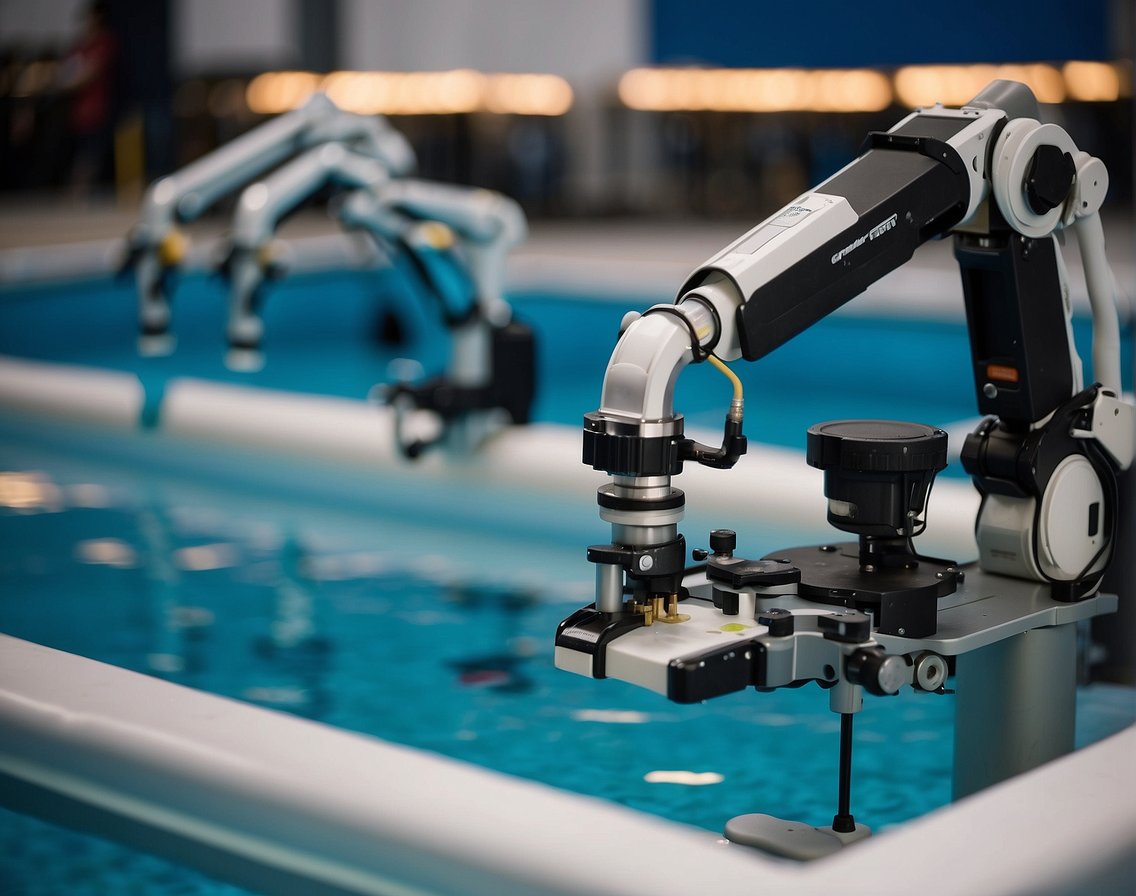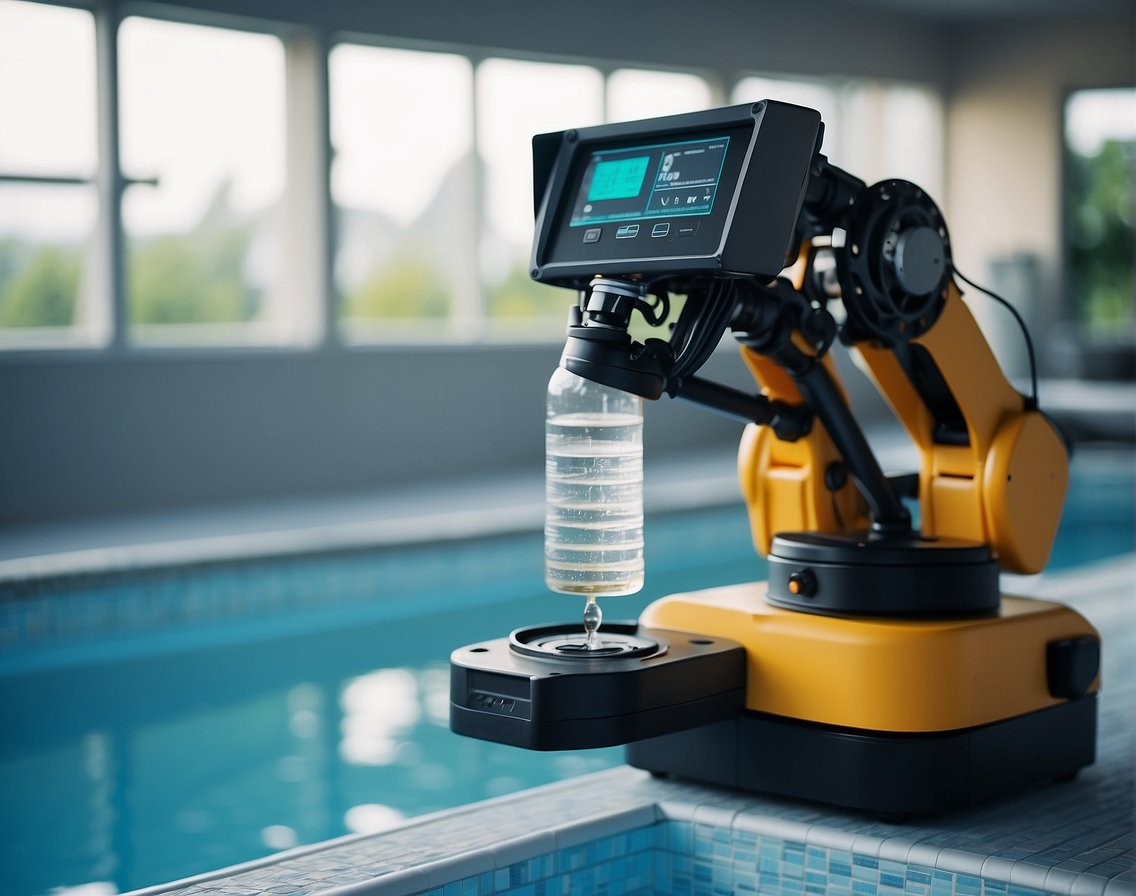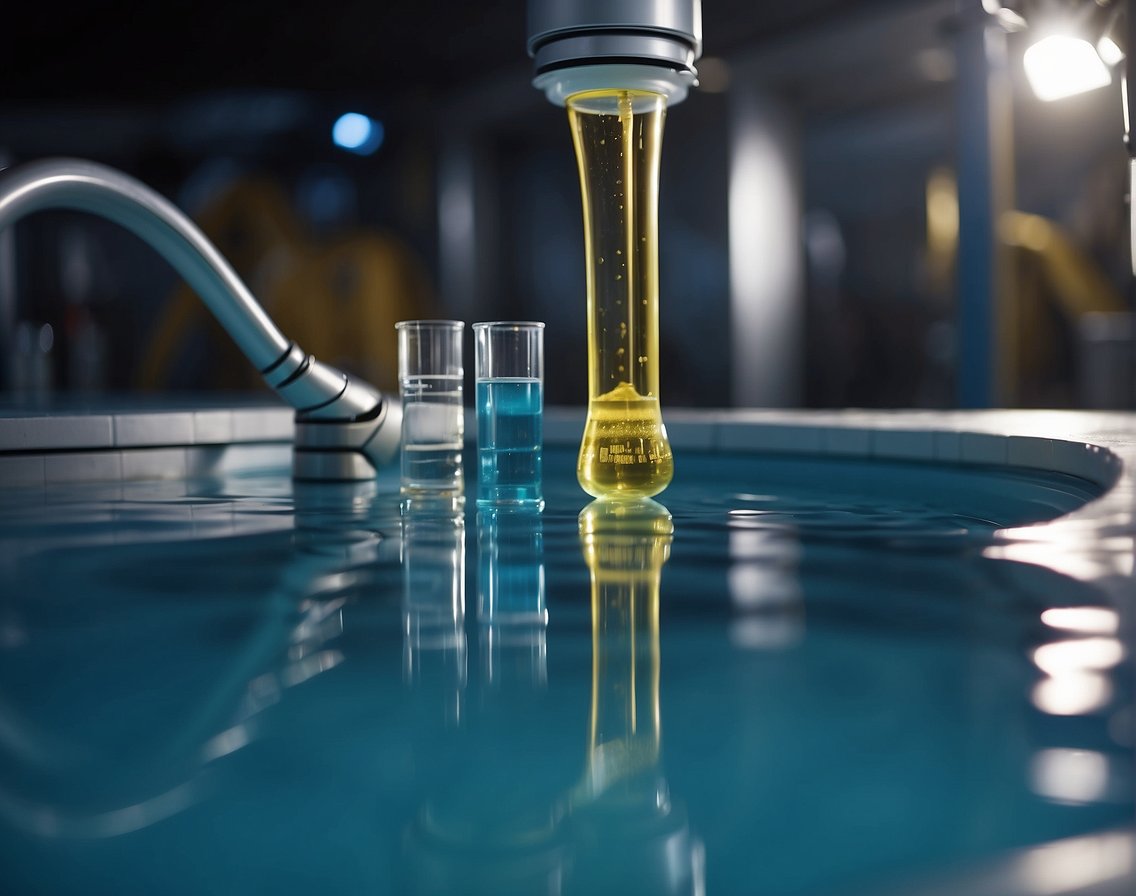Understanding Automated Pool Chemical Systems

As we explore the realm of automated pool chemical systems, it’s fundamental to recognize both the components that construct these systems and the efficiencies they introduce for pool water chemistry management.
Components of Automated Chemical Systems
Assessing the components of automated pool chemical systems illuminates how these complex configurations function. At its core, an automation system typically includes:
- Sensors: These are pivotal in monitoring chemical levels, such as chlorine and pH, and are often placed directly in the pool water.
- Controllers: Serving as the system’s brain, controllers process data from the sensors and make decisions about adjusting chemicals.
- Chemical Feeders: Once the controller decides, chemical feeders distribute the necessary chemicals into the water to balance the pool chemistry.
- Pumps: Both filtration and circulation pumps collaborate with the automated system to ensure even distribution of chemicals.
Incorporating these elements results in seamless pool maintenance, where manual testing and adjustments become less frequent necessities.
Benefits of Pool Automation for Water Chemistry
Efficient pool chemical balancing is a significant advantage of automation:
- Improved Precision: Automated systems provide real-time adjustments to maintain optimal chemical levels, enhancing swimmer comfort and safety.
- Time-saving: By automating the chemical balancing process, pool owners reclaim hours that would have been spent on manual testing and adjustment.
- Integration with Smart Home Systems: Many modern pool automation systems connect to a smartphone app, enabling remote monitoring and control, contributing to the comprehensive smart home experience.
Utilizing these systems ultimately contributes to the longevity and clarity of swimming pools, making the ownership experience far more enjoyable and less labor-intensive.
Key Technologies in Chemical Automation

In the realm of pool maintenance, certain automated systems are paramount in ensuring the chemical balance is precise and consistent. Here we explore the cutting-edge technologies that make this possible.
Sensors and Controllers
We use advanced sensors to continuously monitor a pool’s chemical composition, primarily focusing on pH levels and Oxidation-Reduction Potential (ORP). These sensors relay real-time data to controllers that are programmed to maintain optimal water conditions. Here’s how it works:
- pH Sensors: Detect the acidity or alkalinity of the water.
- ORP Sensors: Gauge the sanitizer level by measuring the water’s ability to break down contaminants.
Combined with sophisticated controllers, these sensors facilitate automatic dispensing of chemicals to maintain a safe and balanced pool environment.
Integrating Smart Devices and Voice Control
The intersection of IoT (Internet of Things) and chemical automation marks a significant advance in pool maintenance technology. Smart home integration allows for seamless control and monitoring of pool systems through smart devices. Users can make adjustments via:
- Smartphone Apps: Manage settings from anywhere.
- Voice Assistants: Use Alexa or Google Assistant for hands-free operation.
This integration not only adds convenience but also enables timely interventions, optimizing chemical usage and ensuring pool water quality.
Chlorine Generators and pH Management
Chlorine generators, commonly known as saltwater chlorinators, are integral to modern chemical automation systems for pools. They work by converting salt into chlorine through a process called electrolysis. This technology allows us to:
- Automatically Generate Chlorine: Maintain consistent sanitizer levels.
- Regulate pH: Work in tandem with controllers to ensure the pH remains stable.
By automating chlorine generation and pH management, we substantially reduce manual labor and chemical handling, increasing both safety and efficiency.
Installation and Setup of Automated Systems

Installing an automated system for pool chemical balancing involves critical steps that ensure functionality and safety. We’ll guide you through professional installation with specific specifications, as well as provide insights for those considering a DIY approach along with professional resources to assist you.
Professional Installation and Specifications
When opting for professional installation of a pool automation system, we ensure compliance with industry specifications and integration with existing smart home ecosystems. The process typically follows these steps:
- Consultation and Design: A professional evaluates your pool needs and designs an automation system tailored to your requirements.
- Specification Alignment: We align system components with pool size, type, and additional features such as heaters or lights.
- Installation Process:
- Placement of sensors and controllers.
- Connection to power supply and internet for remote monitoring.
- Integration with smart home devices if applicable.
- Safety Assessment: Conduct electrical and system safety checks.
- Testing and Calibration: Confirm accurate readings and adjust settings for optimal chemical balance.
It’s important for us to emphasize that adherence to local electrical codes and pool safety standards is essential during installation.
DIY Considerations and Pro Resources
For the enthusiastic DIYer, setting up an automated pool system can be rewarding but requires careful planning and access to pro resources. Here’s what we usually recommend:
- Understand Your System: Obtain detailed specifications and installation manuals for the automated system you plan to install.
- Assess Compatibility: Ensure that the system is compatible with your pool and any existing equipment.
- Access Pro Resources:
Resource Type Description Instructional Videos Visual step-by-step guides for installation. User Forums Community support for troubleshooting. Technical Support Lines Direct assistance from manufacturers. - Tools and Supplies: Prepare necessary tools and safety equipment before starting.
- Follow Instructions: Carefully follow the installation guide, paying particular attention to calibration procedures.
- Safety First: Always prioritize your safety, especially when dealing with electrical components.
By being informed and prepared, we believe that DIY enthusiasts can successfully install and set up automated pool systems with the right resources at hand.
Operating and Maintaining Your Automated System

To ensure optimal performance and longevity, we must stay vigilant in operating and maintaining our automated pool chemical system. This involves routine checks, dealing with common problems, and keeping the system updated.
Routine Monitoring and Adjustments
Monitoring
- Check the control panel daily to ensure settings are correct.
- Measure pH levels to keep within the range of 7.4 to 7.6.
- Observe chlorine levels, aiming for 1 to 3 ppm to maintain sanitizer efficiency.
Adjustments
- Adjust pump operation times to match usage patterns, preserving pool water quality and saving energy costs.
- Tweak heater settings as needed for consistent pool temperature.
Troubleshooting Common Issues
- If the pH level is off, recalibrate sensors and check pool water acidity or alkalinity.
- A malfunctioning pump can result in poor circulation; verify pump function and filter status.
- When chlorine is not dispensed properly, inspect the feeder for clogs or supply levels.
Long-Term Maintenance and Upgrades
- Annually inspect all pool equipment, including the automated system, and replace parts as necessary.
- Incorporate upgrades that can integrate with smart home systems for enhanced pool automation.
- Evaluate newer technologies periodically to improve efficiency and potentially further save money on maintenance and operation.
Frequently Asked Questions

In this section, we cover some of the most pressing queries regarding automated systems designed for efficient pool chemical maintenance.
What are the top-rated automated systems for maintaining pool chemical balance?
The Pentair IntelliChlor and the Blue-White FlexPro Peristaltic Pump have both garnered high ratings for their reliability and precision in maintaining ideal chemical levels in pools.
How do automated pool chemical monitors and dispensers improve water quality?
Automated monitors and dispensers ensure consistent chemical treatment, reducing fluctuations in pH levels and chlorine concentration that could compromise water quality.
What are the benefits of using a commercial pool chemical controller?
Commercial pool chemical controllers offer robust features like comprehensive data logs, remote management, and the ability to handle high-pool-use scenarios, significantly improving efficiency in maintenance and operations.
Can the Hayward ProLogic system efficiently manage pool chemicals for various pool sizes?
Yes, the Hayward ProLogic system is versatile and can be calibrated to provide precise chemical dosing for a wide range of pool sizes, from small residential pools to larger commercial facilities.
Which pool automation system was considered the best in 2023 for chemical management?
The Hayward AquaRite was highly praised in 2023 for its user-friendliness and accurate salt chlorination, which simplifies chemical management for pool owners.
What factors should be considered when choosing an automated pool monitoring system?
Key considerations include compatibility with pool size, ease of use, integration with existing equipment, and the system’s ability to adapt to different types of pools and their specific chemical needs.
